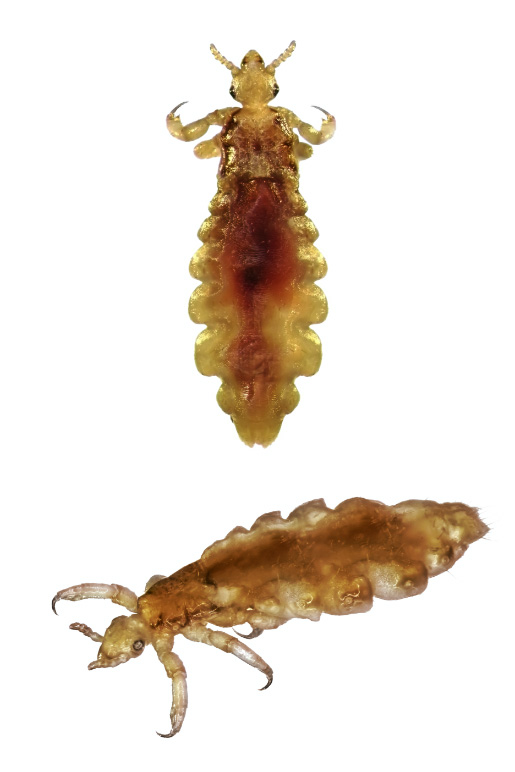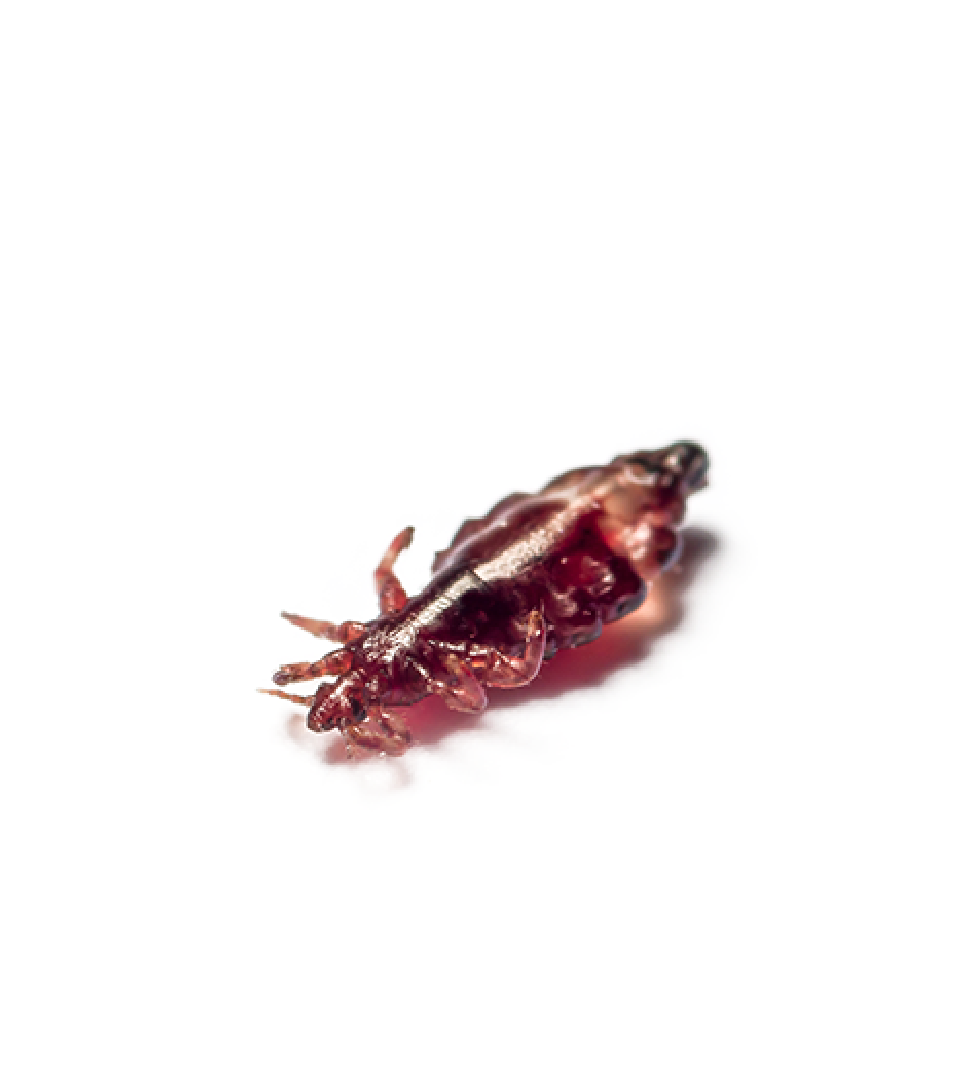Find out what’s biting
Birds and mammals are parasitised by mites. The majority of infestations are caused by pest bird species such as sparrows, pigeons, and starlings nesting in or on your roof. issues with lice and mites commonly arise during periods of high humidity. Lice are difficult to see, but they can cause the client unimaginable pain.
Lice & Mite Control
Bird mites, also known as bird lice, are more common in the spring and early summer. With eight legs, an oval shape, and a sparse covering of short hairs, they are small and extremely mobile. Bird mites are parasites that feed on the blood of their hosts, which include pigeons, poultry, and humans. Bird mites are barely visible to the naked eye, making them difficult to detect on the skin until blood is digested, according to the CDC.
To control bird and rodent mites, remove the host and its nest from the structure first. Examine the crawl spaces, attics, eaves, gutters, and chimneys. Seal the area after the host has been removed to prevent new animals from entering.


Helpful Hints
Clear the clutter.
Stacks of paper and laundry piles are examples of this. Mites come in a variety of sizes and shapes, and they can live in a variety of environments. Mites can be found almost anywhere, including newspaper and discarded paper piles, bedding, carpets, air ducts, dusty attics, and even lampshades and dirty laundry. Mites, in fact, can be found almost anywhere.
Vacuum and dust on a regular basis.
Make cleaning a weekly ritual, and don’t forget about the sofas, blinds, and carpets. Vacuum as often as possible because mites can be easily eradicated with a vacuum cleaner. Dust mites, in particular, have the ability to burrow into and cling to fabrics such as carpets, furniture, and even clothing.
All sheets and bedding should be washed in HOT water.
Dust mites, as previously stated, are more likely to make their home in your bedding, but they can be found in most fabrics. Because they are equal-opportunity intruders, it is best to wash household items such as bedding, pillowcases, curtains, blankets, throws, coverlets, and so on in 130-140 degree hot water every 1-2 weeks.

